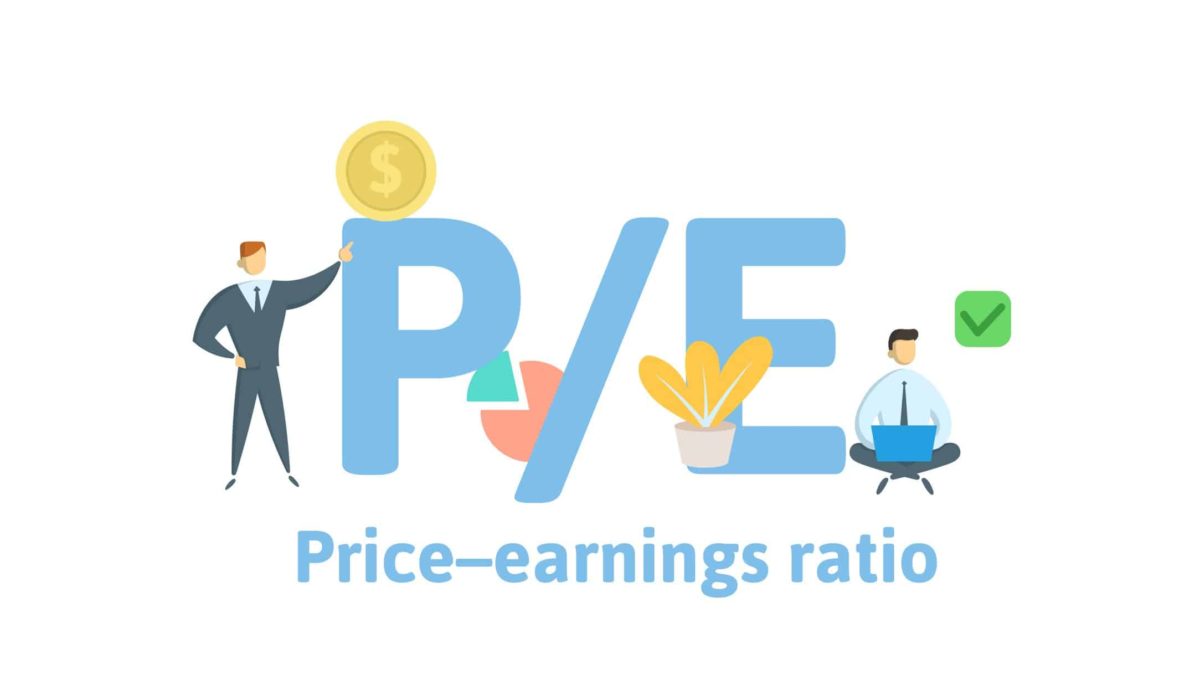ASX share prices have been hit hard in 2020, and we've seen price to earnings (P/E) ratios plummet. The P/E ratio is a classic metric used by investors around the world to judge the relative value of different shares. But in the current climate, does the ratio tell us anything about ASX shares?
What is the price to earnings ratio?
As the name suggests, a P/E ratio is calculated by dividing a company's share price by its earnings per share (EPS). EPS can be measured as either a trailing EPS (from the last reporting period) or a forward EPS (projected for the next reporting period). Depending on which of these is used in the denominator, we can derive either a forward P/E or trailing P/E.
Do P/E ratios tell us anything about ASX shares in 2020?
Now, ASX share prices have been hammered in 2020 which means the 'P' in the ratio is falling lower. On top of that, earnings look set to slump in the wake of the coronavirus pandemic and subsequent economic shutdown.
This means it's logical that P/E ratios for ASX shares are falling across the board. This is particularly the case in the hardest-hit sectors like media and travel.
For instance, the Southern Cross Media Group Ltd (ASX: SXL) shares are trading at just 3.38 times earnings. Similarly, Flight Centre Travel Group Ltd (ASX: FLT) trades at a P/E ratio of 6.10. Webjet Limited (ASX: WEB) is trading at 15.61 times earnings which, whilst higher than Southern Cross and Flight Centre, is still lower than the S&P/ASX 200 Index (ASX: XJO) average.
Under normal circumstances, this would suggest that all three of these ASX dividend shares could be great value buys. However, thanks to COVID-19, I think the earnings component (E) will be slashed lower in 2020. The pandemic response has reduced earnings for many of these groups to a trickle of what they were in 2019. That means that P/E ratios (and dividend yields) may not help you to value your favourite ASX shares right now.
In other words, because P/E ratios are often a lagging indicator, valuing shares like Webjet, Flight Centre and Southern Cross based on this metric can be misleading.
So… how should we value ASX shares?
If we can't rely on P/E ratios right now, what's the alternative?
One quantitative option is to look at the balance sheet strength of companies instead of earnings. Low levels of debt and a strong asset base could pay dividends in the current climate. Companies with a combination of these two things are in a more stable position with less strain on their finances from other parties, like banks.
Another option is to sit tight and wait for the August earnings season. This will provide a better idea of expected and actual earnings, but it would mean staying out of the market for 3.5 months.
Foolish takeaway
P/E ratios can be misleading at the moment, but that doesn't make them useless. Some companies' earnings will remain steady despite COVID-19 but I'd be treading lightly when valuing ASX shares in this market.









